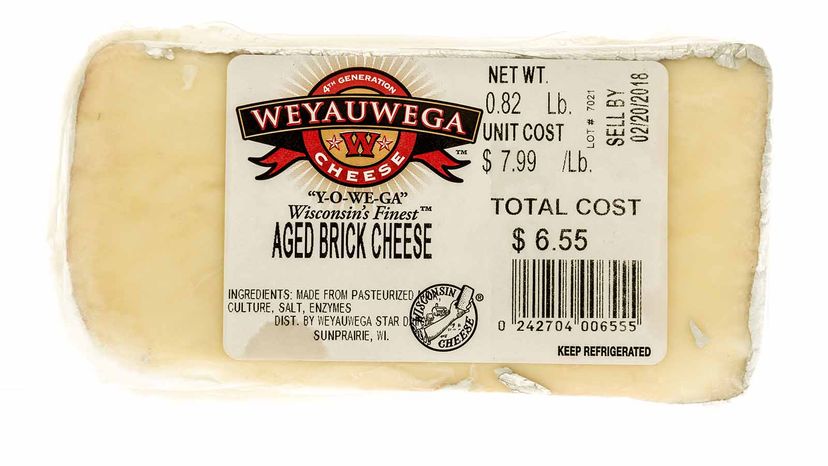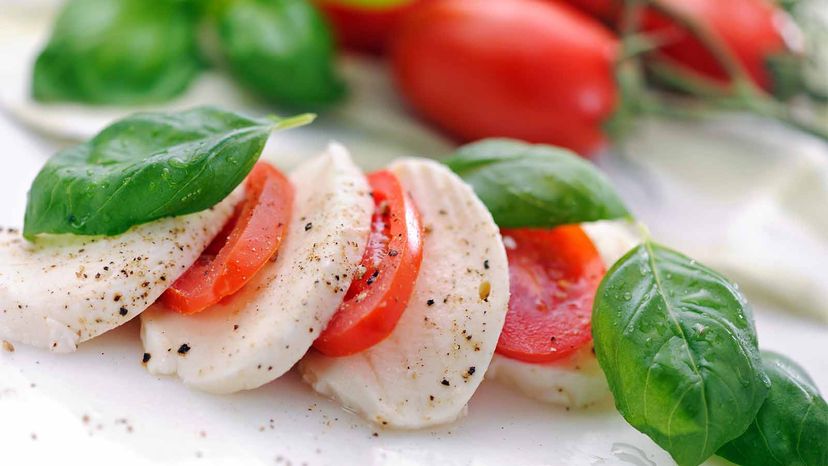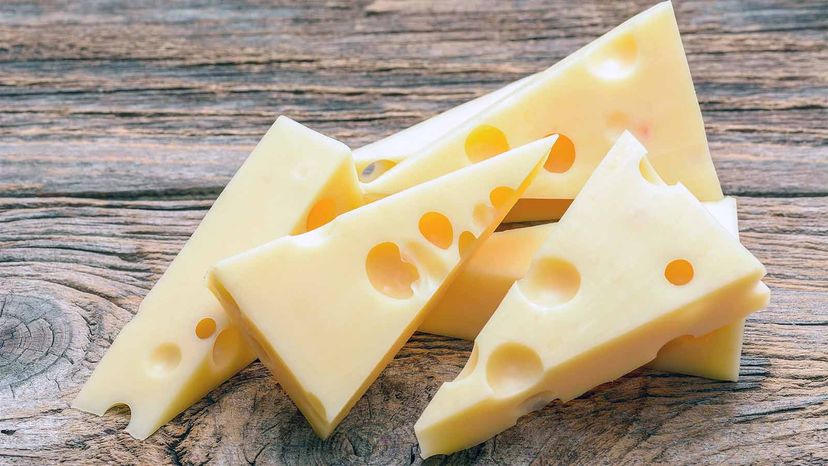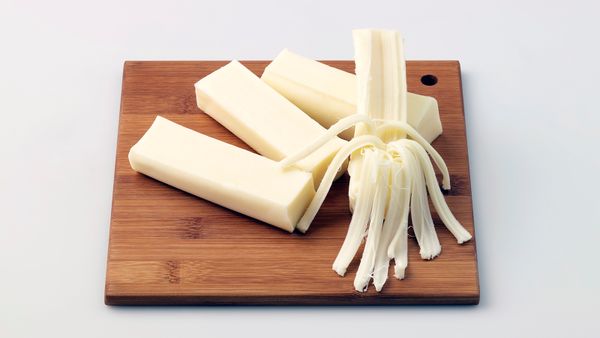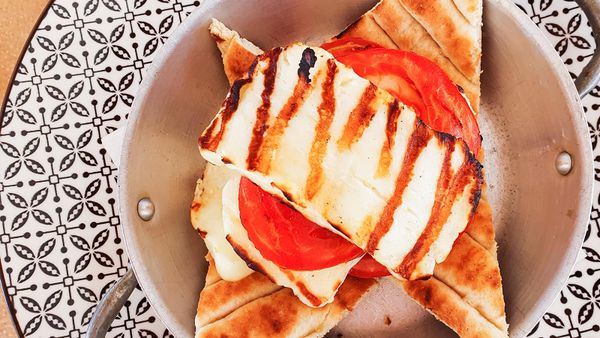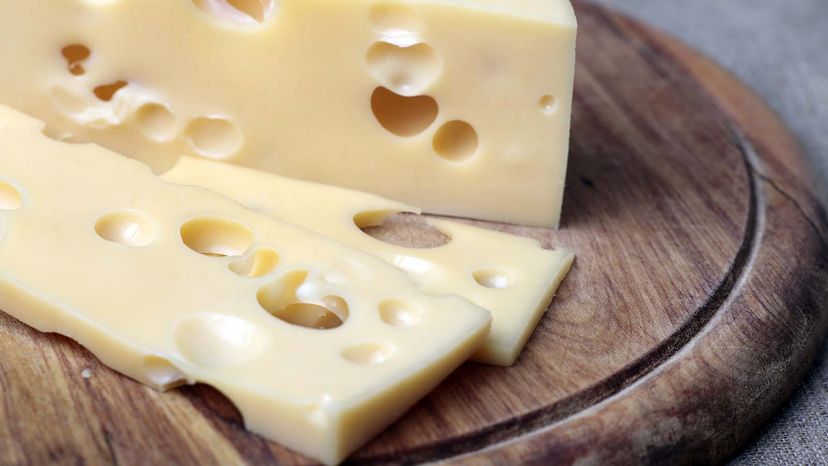
When you think of cheese, you likely don't think of "low-sodium." Salt, after all, plays a critical role in making cheese. It adds flavor, helps dry the milk curds, and helps kill bacteria when there's a cheese brine.
But as we know, salt is high in sodium. Its chemical makeup is about 40 percent sodium and 60 percent chloride. And the science has been clear on sodium for a long time: Too much of it in your diet can cause high blood pressure, which can increase your risk of heart attack, stroke and heart failure.
Advertisement
Where does that leave you if you're a cheese lover? Today you can find several versions of low-sodium cheese at the supermarket. But what does that even mean? The U.S. Food and Drug Administration (FDA) recommends most people have less than 2,300 milligrams of sodium per day. So as a general guideline, a serving of cheese that has 5 percent of the daily value (115 milligrams) or less of sodium is considered low; a serving that has 20 percent of the daily value (460 milligrams) or more is considered high. Here are five that fit within those restraints.
